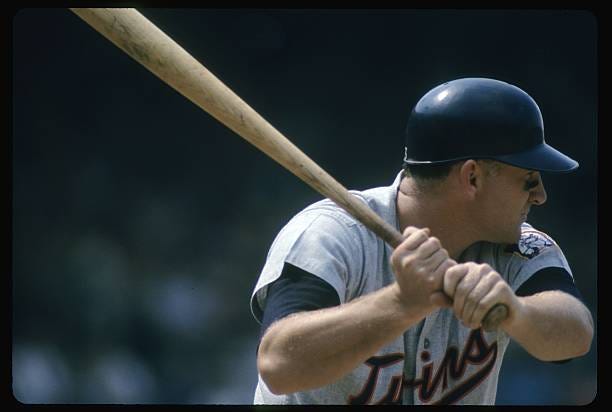
It became a project more difficult than we imagined. Choosing the best players from each decade? No problem! Until you sit down with each season's roster and try and put players in different positions of course.
Is Killebrew a first baseman? Third baseman? Left field? If you put him at third, then who plays first? No cheating here. We chose players that actually played the positions.
Also, there was no designated hitter in the 1960's. That didn't come into play until 1973. On to our team.
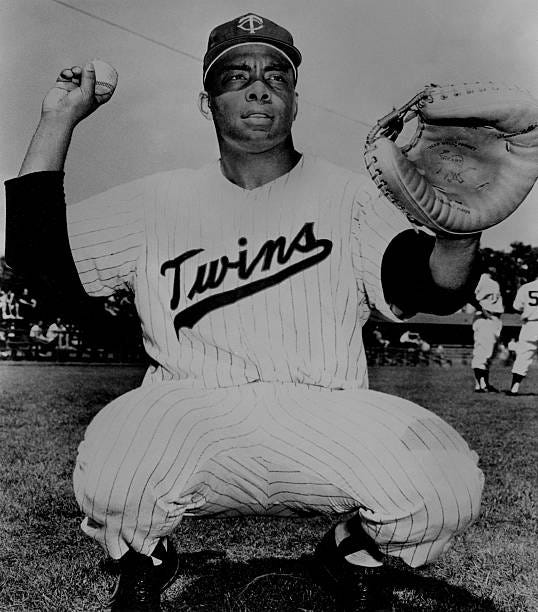
Catcher: Earl Battey. From the Twins opening year in Minnesota through the 1967 season, Battey was the backbone of the Twins. Battey was a four time All-Star with the Twins and finished top ten in MVP voting three times. Battey came to Washington in 1960 before the team moved to Bloomington after five unproductive years with the White Sox. His run with the Twins came to a fast end in 1967 when Battery began battling a thyroid condition that ended his career, but for those seven season in Minnesota Battey was as good as any catcher in the game.
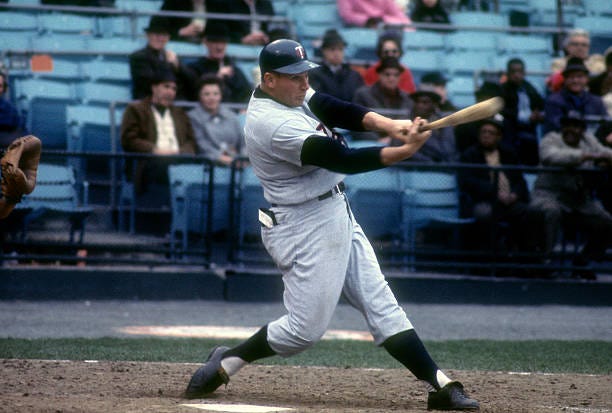
First Base: Harmon Killebrew. Killebrew played several positions for the Twins. They had several great outfielders in the 60’s and no other standouts at first base, so that’s where Harmon ends up. Along with Carew and Puckett, Harmon is as beloved as any Twins player. From 1961-1969 Harmon averaged 40 home runs and 104 RBI a season. In his MVP campaign of 1969, Killebrew was a monster and split his time between first and third base. He hit 49 homers and drove in 140, both still team records.
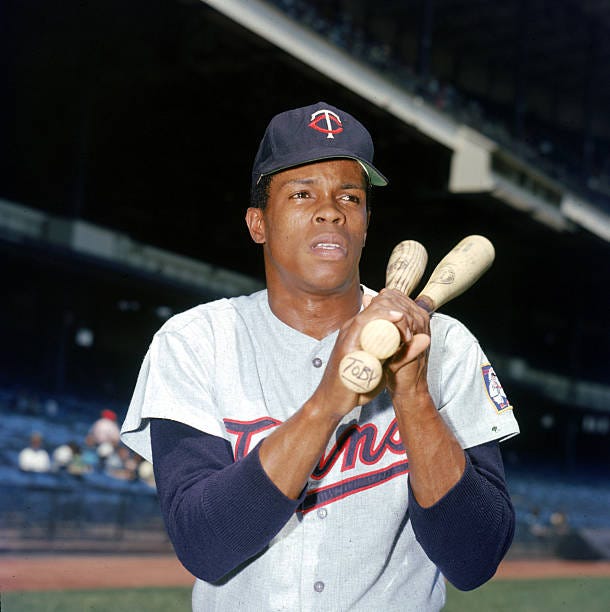
Second Base: Rod Carew. One of the easiest positions to choose despite being a rookie in 1967, Rod Carew is an all-time Twin to be sure. Carew started relatively slow (for his standards), hitting .292 and .273 his first two years in Minnesota. Then he took off. Carew led the league with a .332 batting average in 1969 helping take the Twins to the postseason for the first time since 1965. He would only get better in the 1970’s.
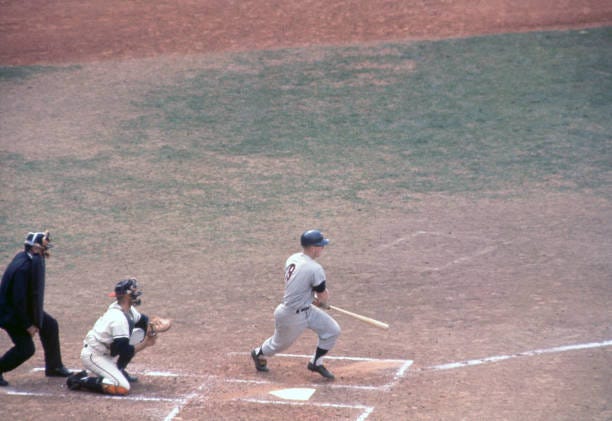
Third Base: Rich Rollins. Four really solid years at third base puts Rich Rollins in our all-decade team. Rollins certainly wasn’t a star on those Twins teams, but he was dependable. Rollins’ best year was 1962 when he was an MVP candidate. He hit .298 with 16 home runs and 96 RBI, by far his best year in the majors. Rollins production dropped significantly after the ’66 season. He hung on for a couple more years in Minnesota before bouncing around to Seattle, Milwaukee and Cleveland.
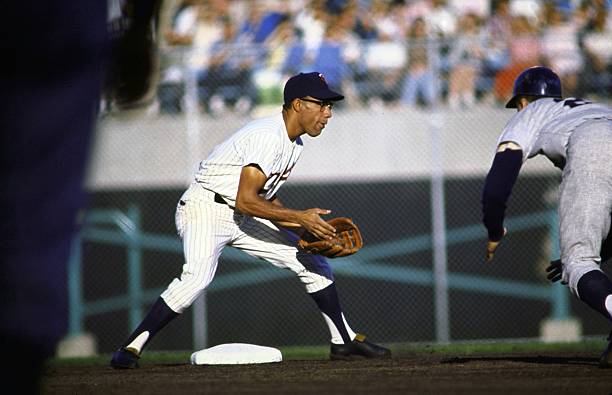
Shortstop: Zoilo Versalles. Not just the best shortstop of the 60’s, he is probably the best shortstop in Twins history. Zoilo Versalles is one of five Twins to win the AL MVP (Killebrew, Carew, Morneau and Mauer being the others). He was never a great hitter but also played in an era where defense was how shortstops were judged. But from 1963 to 1966 Versalles was among the best infielders in baseball. In his MVP year of 1965, he led the AL in plate appearances, at-bats, runs, doubles, triples, and total bases plus won his second Gold Glove.
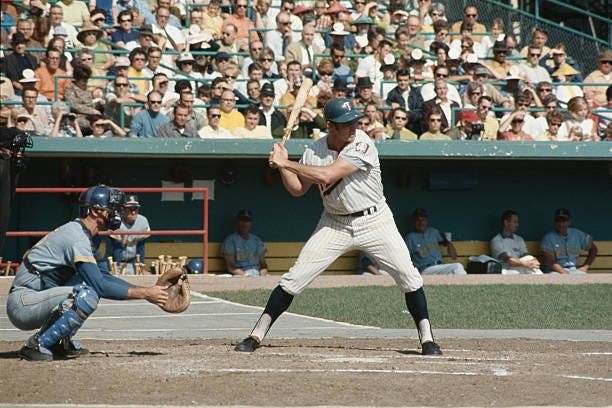
Left Field: Bob Allison. Allison is another all-timer for the Twins. He also played in center, right and at first base but we're putting him in left and you'll see why below. Allison was a great player for the Twins and was a feared base runner. Allison was 6’4” and 220 pounds which was huge in the 1960’s. Allison played his entire career for the franchise (starting in Washington in 1958). He was a three-time All-Star and averaged 25 home runs a year from ’61-’68. He formed a mighty trio of power hitters with Killebrew and Jimmie Hall in the early 60’s.
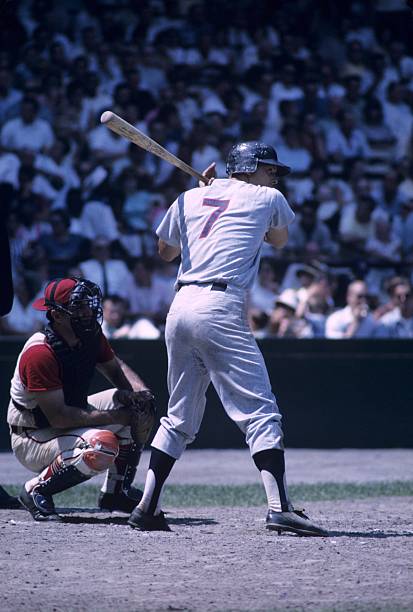
Center Field: Jimmie Hall. It was between Hall (early 60’s) and Ted Uhlaender (late 60’s). Uhlaender played more for the Twins, but at their best Hall was a much more feared hitter. Hall had four very good years for the early Twins. He hit 33 home runs in 1963, 25 in 1964, and 20 each in 1965 and 1966. He was rookie of the year in ’63 and followed that up with two straight All-Star appearances. Then Hall was part of a trade to California that got the Twins pitcher Dean Chance. His career was never the same and he bounced around the league until he retired in 1970 despite an incredible first few years. What could have been?
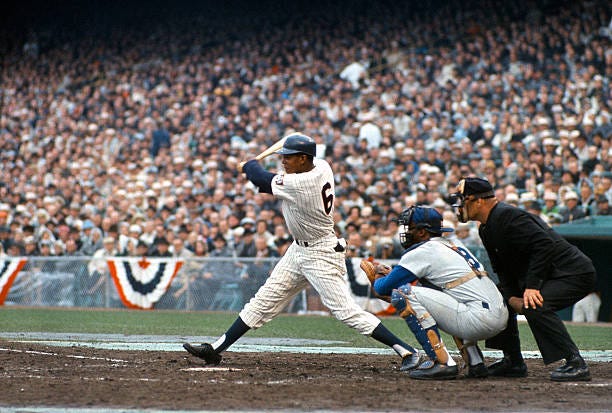
Right Field: Tony Oliva. Another what could have been if Tony O. hadn’t dealt with so many injuries? Rookie of the Year in 1964, Tony hit .323 to lead the league. He followed that up with another batting title in ’65 and finished 2nd in AL MVP voting (to his teammate Versalles!). The eight-time All-Star finally got his rightful call to the Hall of Fame in 2022 with teammate Jim Kaat.
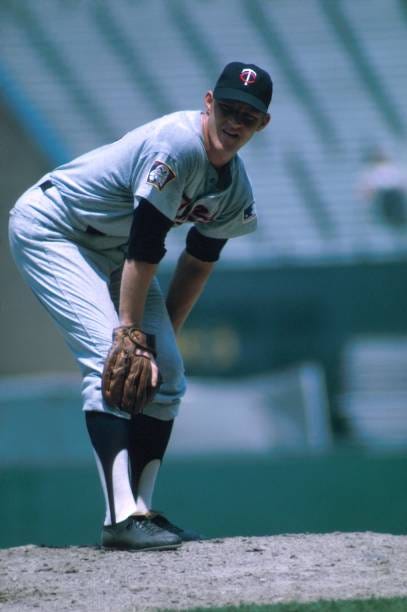
Starting Pitcher: Jim Kaat. Kitty Kaat is possibly the best fielding pitcher of all-time. He won 16 Gold Gloves overall, including 12 straight. That alone is amazing but Kaat could also throw the ball. So well in fact, he was (finally) inducted into the Baseball Hall of Fame in 2022. His best year was 1966 when he won 25 games, including 19 complete games, was an AL All-Star and finished fifth in MVP voting.
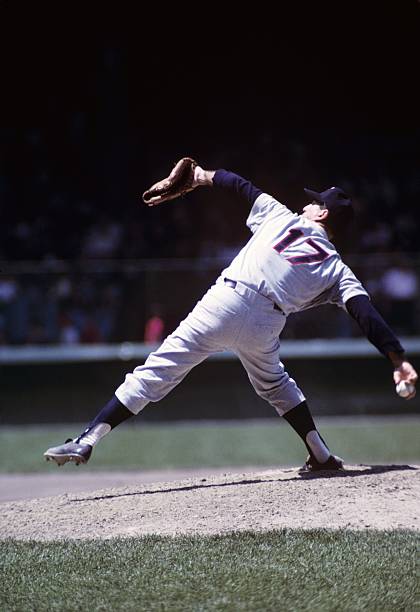
Starting Pitcher: Camilo Pascual. Pascual’s career began in Washington in 1954. He came to Minnesota with the Senator franchise and was the early anchor of the Twins’ staff. Pascual was a workhorse who really came into his own after the move to Minnesota. He led the league in complete games in 1962 and 1963 and was a 20-game winner in each of those seasons. His production really fell off in ’65 and ’66 however, and he was traded back to the new Senators' franchise. Pascual bounced around the league until 1971 before hanging it up after a long, 18-year career.
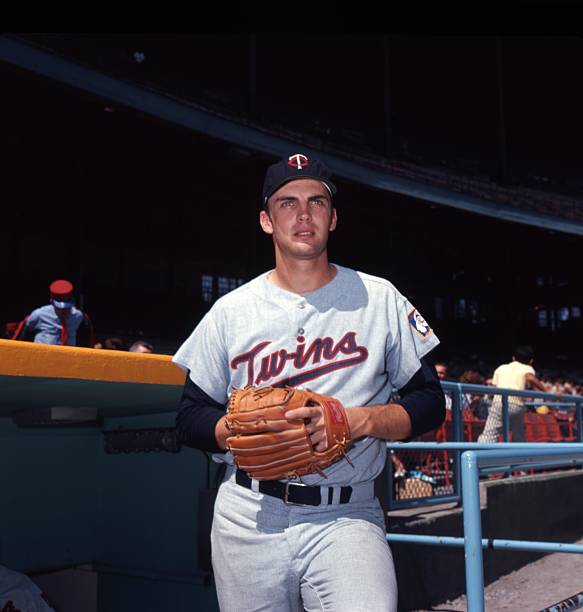
Starting Pitcher: Dean Chance. Coming over in the trade for CF Jimmie Hall, Chance was a dynamite starter for the Twins in 1967 which included a rain-shortened no-hitter in August of that year. He won 16 games again in 1968 but didn’t get much support from the Twins offense which kept him from winning 20 games. Chance struggled mightily with a bad back following the ’68 season and was eventually dealt to Cleveland where his career began to peter out. But Chance was so good in 1967 and parts of 1968, he squeaks into our all-decade team just ahead of Mudcat Grant.
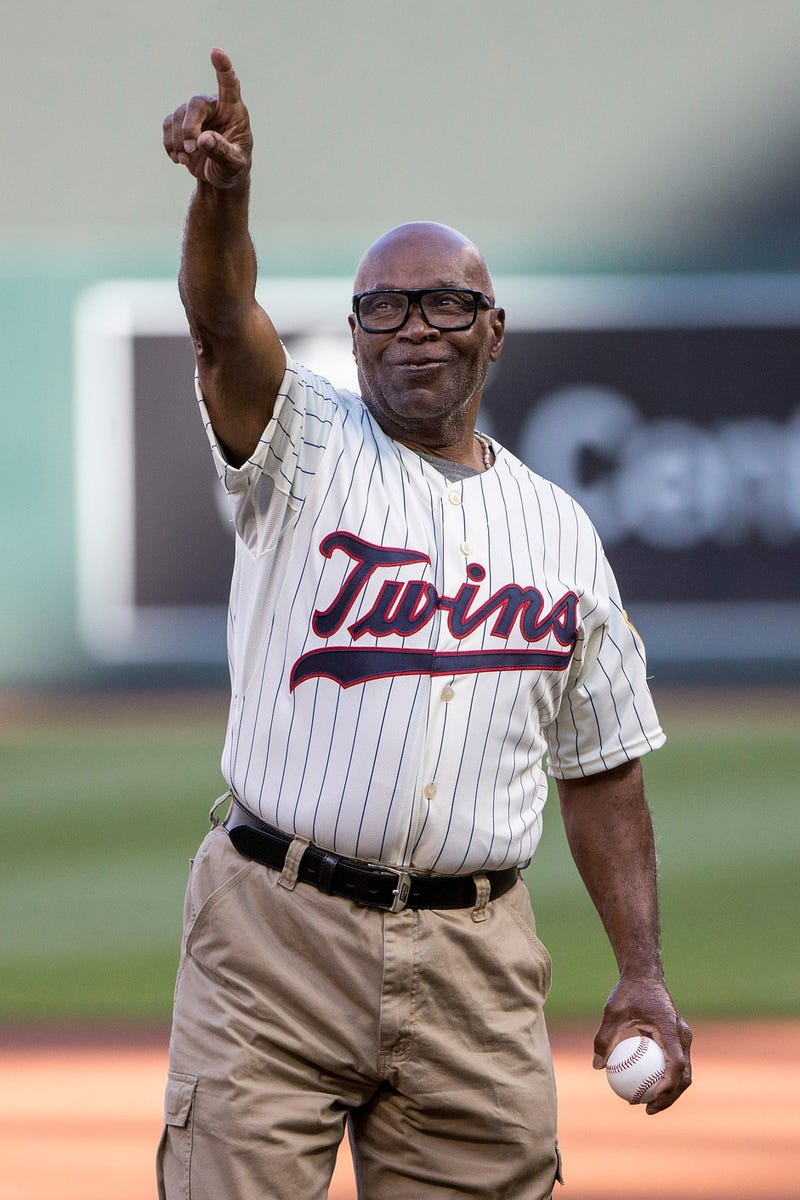
Relief Pitcher: Al Worthington. Along with Ron Perrenoski, Worthington is probably the most notable of relief pitchers for the Twins in an era that was dominated by starters who threw a lot of complete games. Relief pitchers were much more of an afterthought than they are in today’s game. But Worthington was a very good closer. He led the league in saves in 1968 with 18. He had 21 saves in ’65 for the World Series team, and added 16 each in ’66 and ’67. All of those years, Worthington posted an ERA in the mid-2.00’s.
